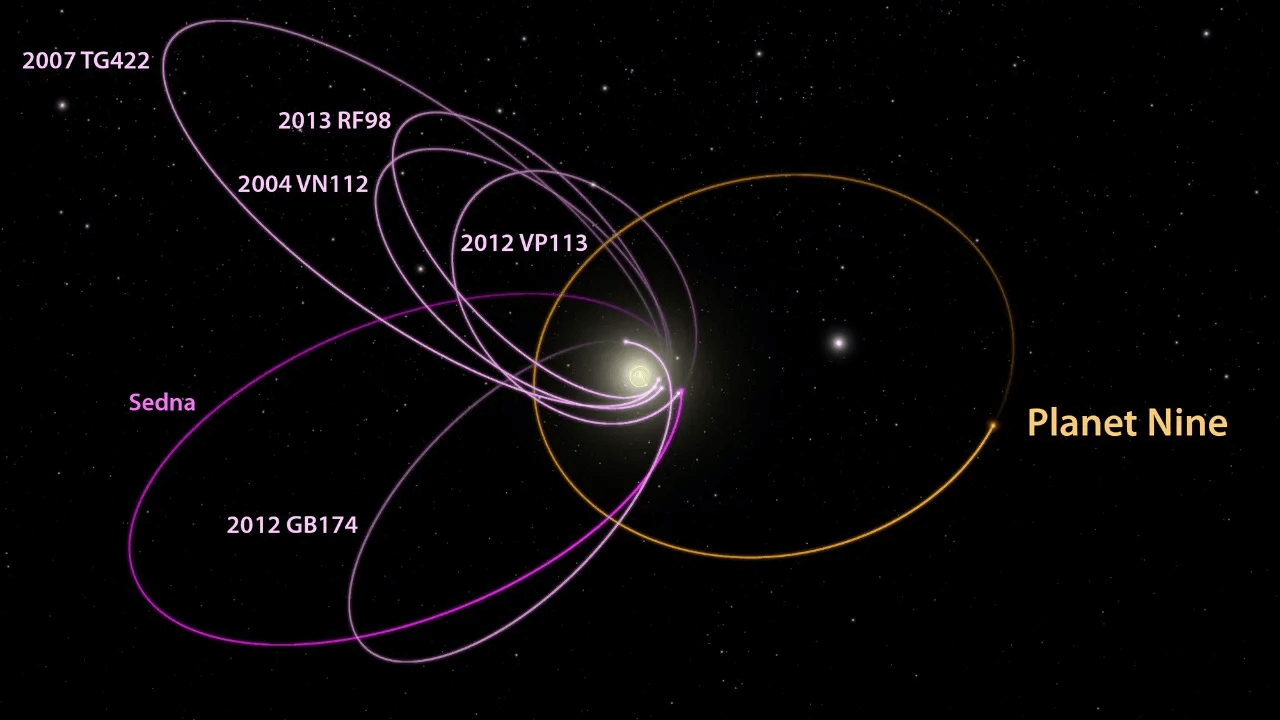A newly discovered object in our solar system is turning heads in the astronomy world. And not just because the object, nicknamed Ammonite, is extremely far away and hard to explain.
The icy, distant body was spotted by Japanese astronomers using the Subaru Telescope in Hawaii. It’s not a planet, not an asteroid, and not quite a comet either.
Strange new world
So what is it?
It’s what astronomers call a sednoid, and only four of these have ever been found.
What exactly is a sednoid?
Think of sednoids as the solar system’s loners. They’re distant, icy objects way past Neptune, with weirdly stretched-out orbits that don’t behave like anything else.
The best-known sednoid, Sedna, was discovered in 2003.
Like Ammonite, it doesn’t come anywhere near the main planets. These orbits are so far out, they make Pluto look like a regular neighbour.
And Ammonite? It’s even more of an outlier.
It was discovered as part of Japan’s FOSSIL survey (Formation of the Outer Solar System: An Icy Legacy), which is searching for objects far beyond the usual planetary suspects.
The nickname “Ammonite” is a nod to fossilised sea creatures, adding some poetic flair to the find.
The research paper was published in Nature Astronomy on 14 July 2025[1].
So what about the Planet Nine theory?
For years, astronomers have been trying to prove that a ninth planet exists. Something big enough to explain the strange orbits of distant Kuiper Belt objects.

The clustering of six such objects originally sparked this theory, suggesting they were all being nudged by something massive and unseen.
Ammonite complicates that. It doesn’t follow the same pattern.
That’s why Dr. Yukun Huang from Japan’s National Astronomical Observatory speculated that if a planet once existed, it may have been ejected from the solar system altogether; leaving behind gravitational fingerprints but no body to show for it.
So… What now?
If you’re waiting for this to impact your horoscope, don’t hold your breath.
But scientifically, it’s a big deal. Discoveries like Ammonite remind us how little we know about the edges of our own solar system.
The truth is, space is still full of mystery.
Even now, astronomers are finding strange, icy worlds quietly orbiting in the dark; proof that there’s still so much we haven’t seen.
SOURCE:
[1] Chen, YT., Lykawka, P.S., Huang, Y. et al. Discovery and dynamics of a Sedna-like object with a perihelion of 66 au. Nat Astron (2025).





